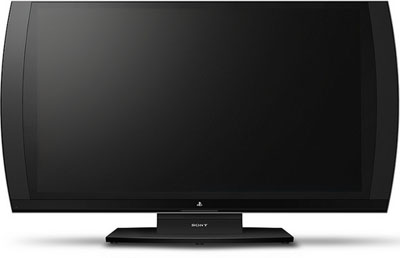To reduce blurring, most 120Hz LCD displays use a system called MEMC (motion estimation and motion compensation) to slip in a new frame between each of the original frames. The end result is one extra frame for every true frame.
You'd think, then, that a 240Hz TV would just double up to achieve an even more blur-free picture. Alas, it's a little more complicated than that. The problem is there are actually two different types of 240Hz, including one that doesn't bill itself as true 240Hz but rather as a "240 effect." Here's a breakdown of the two versions and which companies employ them.
MEMC (motion estimation-motion compensation): Both Sony and Samsung 240Hz sets use MEMC to basically double the 120Hz process described above. However, instead of getting one extra frame for each "true" frame, you actually get three extra frames. (See reviews of the Sony KDL-52XBR7, the Sony KDL-XBR9 series and the Samsung LNB750 series).
Scanning backlight (240 effect): LG, Toshiba, and Vizio use what's called "scanning backlight" technology. Such TVs use MEMC once to get to 120Hz, but instead of doubling the interpolation, a backlight flashes on and off very quickly to achieve what Toshiba calls a "240Hz effect." LG, for its part, fails to make that distinction and uses the 240Hz term without qualification to describe its scanning-backlight models.
Source


